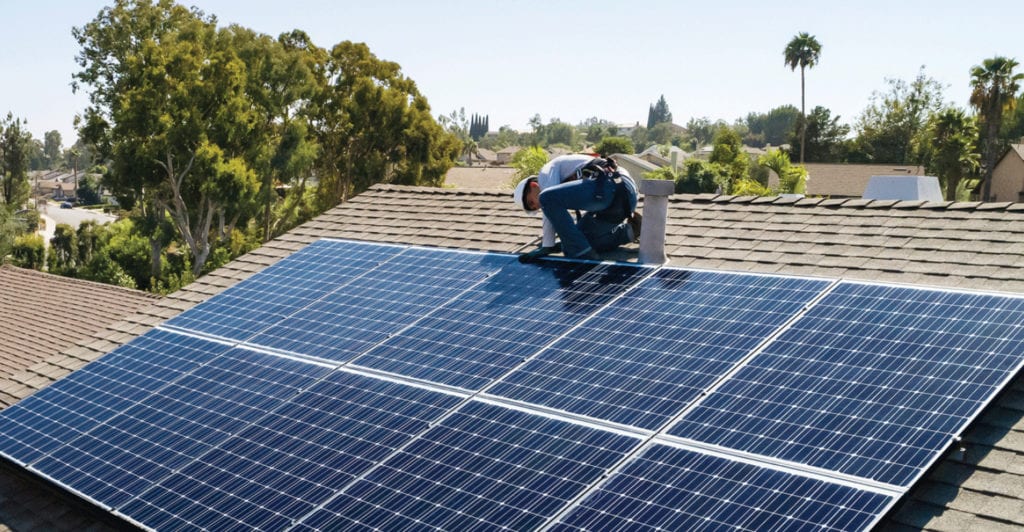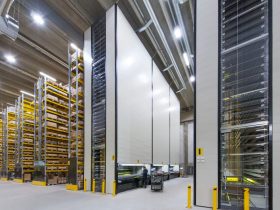Residential solar systems are designed to deliver consistent energy savings, but a wide range of external factors can influence their performance. Weather conditions, shading from trees or nearby structures, and even dust accumulation all affect energy output. Freedom Forever Solar, a residential solar provider with a growing national footprint, is among the companies emphasizing how artificial intelligence can combine environmental and performance data to produce smarter alerts. By blending multiple inputs, providers create systems that detect problems early and support proactive service.
Smarter alerts are not just about identifying issues. They are about preventing them from escalating. By analyzing data in real time, AI-driven platforms can notify providers and homeowners before small changes in performance lead to larger disruptions. This proactive approach ensures that solar systems remain reliable, efficient, and cost-effective over the long term.
The Impact of Environmental Variables
Solar panels are designed to last decades, but their performance is not immune to environmental influences. Dust buildup, pollen, or bird droppings can block sunlight and reduce energy output. Seasonal shading from trees or nearby construction can have a similar effect. Weather patterns, including heavy rain, snow, or extreme heat, also influence system performance.
Individually, these factors may seem minor, but when combined, they can significantly reduce energy production. Traditional monitoring systems often fail to distinguish between normal fluctuations and preventable issues, leaving customers uncertain about the health of their systems.
Performance Data as a Baseline
To address this challenge, providers rely on performance data as a baseline. Each solar system generates detailed records of energy output, inverter efficiency, and grid interactions. By analyzing these patterns over time, providers establish benchmarks for what constitutes “normal” performance under various conditions.
When deviations occur, they are not automatically signs of failure. They may be linked to environmental factors. The key lies in blending performance data with environmental inputs to identify whether the change is expected or if it signals a problem requiring attention.
How AI Blends Data Sources
Artificial intelligence enables this integration by analyzing large volumes of data in real time. Weather forecasts, air quality reports, and satellite imagery can be combined with system performance metrics to create a fuller picture of system health.
For example, if performance dips coincide with regional dust storms, the system can generate an alert recommending panel cleaning. If shading increases gradually due to seasonal tree growth, the system can notify providers of the need for trimming. By contextualizing performance changes with environmental data, AI ensures that alerts are accurate, relevant, and actionable.
Proactive Service Through Early Alerts
The greatest benefit of blending environmental and performance data is the ability to provide early alerts that support proactive service. Instead of waiting for a noticeable drop in production, providers can act before issues escalate. For example, if a panel consistently underperforms compared to others in the same array, the system may flag potential debris or partial shading. Technicians can then inspect and resolve the issue before it causes broader inefficiencies.
This proactive approach minimizes downtime, reduces long-term costs, and ensures that customers continue to receive the savings they expect. Freedom Forever reviews often highlight the company’s focus on reliability and responsiveness. Smarter alerts align with these values by ensuring that both customers and providers remain one step ahead of potential problems.
Reducing False Alarms
Traditional monitoring systems often generate false alarms, creating unnecessary service calls and frustrating customers. By integrating environmental data, AI-driven platforms reduce these inaccuracies. If production dips during heavy cloud cover, the system recognizes the weather impact and avoids sending a service alert. Only when performance deviates beyond expected levels does the system escalate the issue. This precision ensures that alerts lead to meaningful action rather than wasted resources.
Customer Confidence Through Transparency
The psychological impact of smarter alerts is significant for homeowners. Customers who receive timely, accurate notifications gain confidence that their systems are being monitored effectively. Transparency about the cause of performance changes, whether environmental or mechanical, reduces uncertainty and strengthens trust in the provider.
This confidence also reduces cancellations and encourages referrals, as satisfied customers are more likely to recommend solar to friends and neighbors. The reassurance of proactive monitoring becomes a key part of the overall value proposition of solar adoption.
Efficiency Gains for Providers
Smarter alerts benefit providers as much as customers. By reducing unnecessary service calls and focusing resources where they are truly needed, companies operate more efficiently. Predictive insights also allow providers to schedule maintenance proactively, reducing costly emergencies and improving operational planning.
In the long term, these efficiencies strengthen profitability and support scalable growth. As adoption expands, providers with smarter monitoring systems are better positioned to manage larger customer bases without sacrificing quality.
Equity Through Smarter Monitoring
Underserved communities often face barriers to solar adoption, including concerns about reliability and long-term costs. Smarter alerts help address these concerns by ensuring that systems are monitored accurately and supported proactively. By reducing the risk of unexpected outages and unnecessary expenses, providers create a more consistent experience across regions. This consistency encourages broader participation and ensures that clean energy benefits are distributed more equitably.
Preparing for Growth in Solar Monitoring
As residential solar adoption expands, monitoring will become an even more critical part of the customer journey. Managing thousands of systems across diverse regions requires technology that can seamlessly integrate performance and environmental data. AI-driven platforms provide the scalability to meet this demand. By blending inputs into actionable insights, they ensure that providers can maintain reliability, reduce costs, and strengthen customer trust as adoption grows.
A Smarter Future for Solar Alerts
The future of solar monitoring lies in intelligence, not just observation. By combining environmental and performance data, AI-driven systems create alerts that are both accurate and proactive. The result is fewer surprises, lower costs, and stronger long-term reliability.
Other residential solar leaders continue to benefit from platforms that align with their focus on transparency and dependability. Smarter alerts reflect a broader shift toward proactive service, where customers receive not only clean energy but also the reassurance that their investment is being carefully monitored. As solar adoption accelerates, the ability to deliver early, accurate alerts will define customer trust. In clean energy, intelligence is not just about technology. It is about confidence, clarity, and long-term value.












